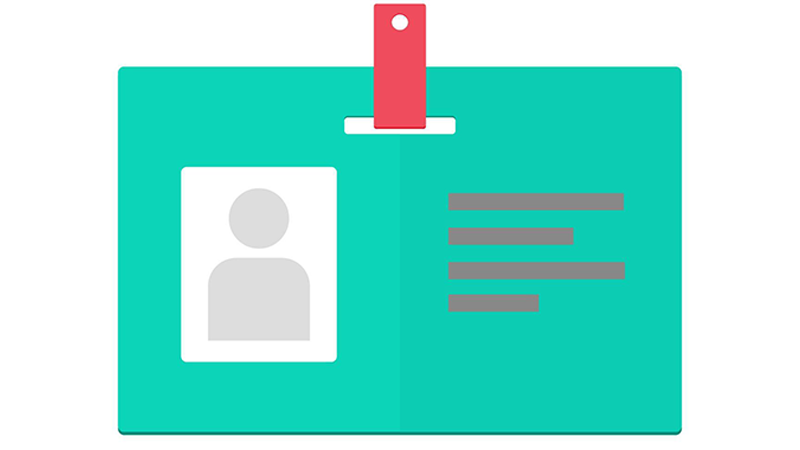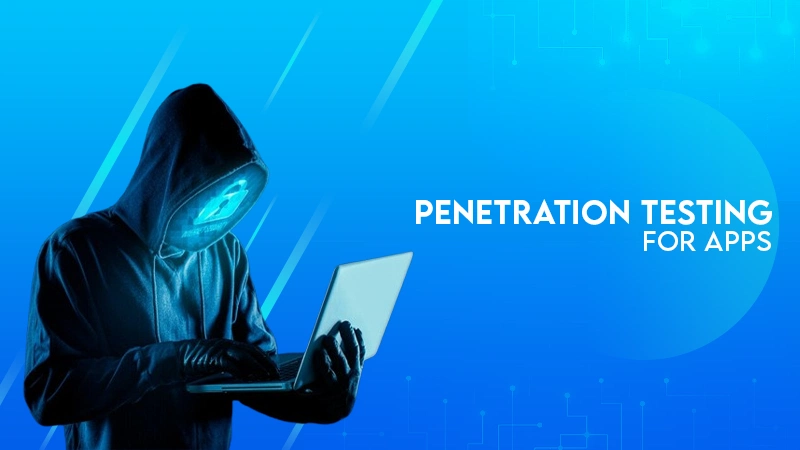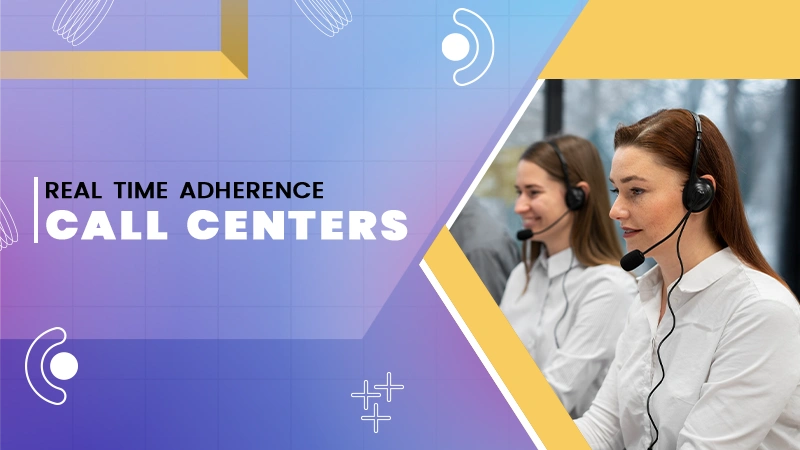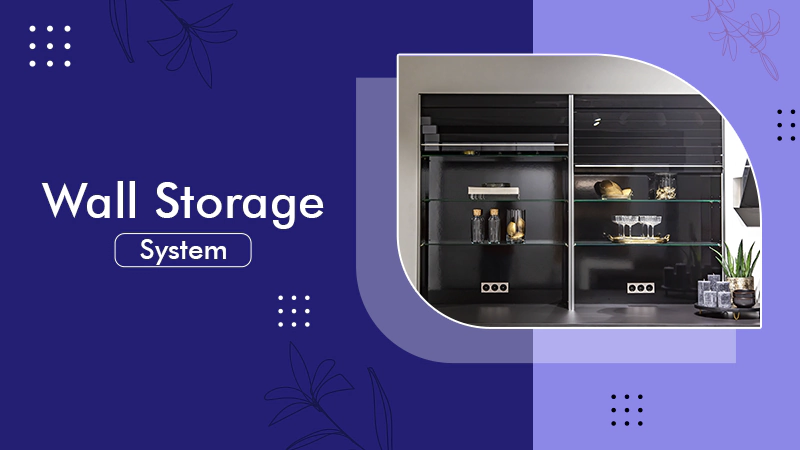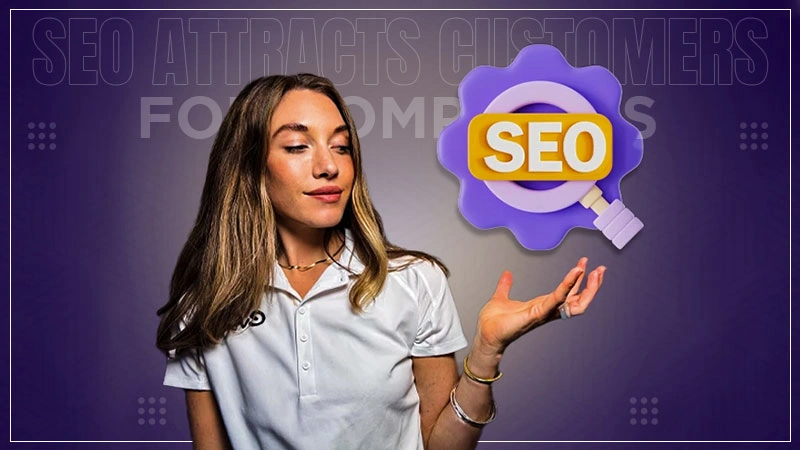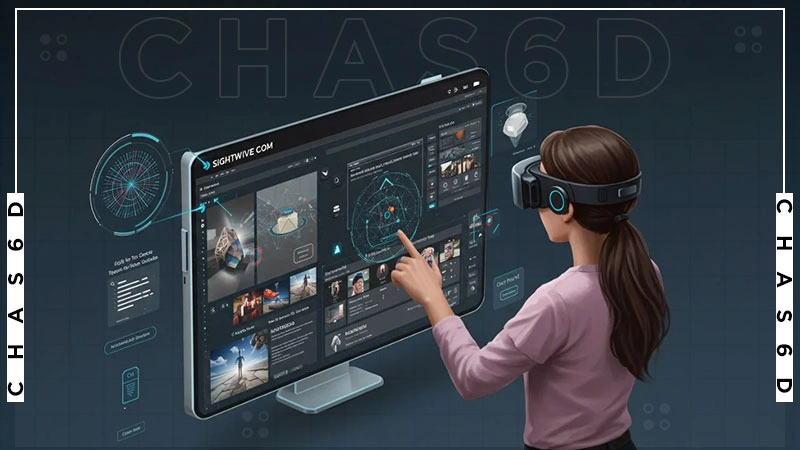Attracting customers in today’s crowded market is an uphill battle.
SEO takes months to deliver noticeable results. PPC can be a budget-draining headache. Referrals are great, but there’s only so much you can squeeze out of them.
The truth is, most marketing strategies demand a lot of time, energy, and resources before you start seeing any meaningful results.
But not everyone can afford to wait. So, what’s the alternative?
Leverage nano and micro-influencers.
Influencer campaigns earn $6.50 for every $1 you spend. Beyond the insane ROI, it brings attention to your brand in an organic, natural way.
However, taking a campaign to the next level takes planning, strategy, and the right tools. Here’s how to effectively scale your creative influencer marketing campaigns.
1) Start with Clear Goals
First, figure out what you want from your campaign. Your goals will guide how you select micro-influencers, structure your partnerships, and measure success.
For example:
- If brand awareness is your focus, you’ll want influencers with strong engagement in your niche.
- If you’re driving sales, include trackable links or discount codes in your plan.
Clearly defined objectives make campaign influence easier to assess and scale.
2) Lay the Campaign Groundwork
Don’t start contacting influencers until you have a clear roadmap. They will have questions, and you need to be able to answer them.
Figure out:
- What content will work best? An Instagram contest? A branded hashtag? Shoppable posts?
- Decide when the campaign should start and how long it should run. Is this a one-off post, or do you want an ongoing partnership spanning weeks or months?
- Define what success looks like. Be specific. For example, “We’ll consider this campaign a win if it increases sales by 50% by June 30.”
- What can you afford? Always set a realistic budget so you partner with an influencer that won’t break the bank.
3) Find the Right Micro-Influencers
Once you’ve laid the groundwork for your campaign, you’re ready to begin the hunt for micro-influencers.
- Look for people already posting about your brand. They’re fans, so why not make the relationship official?
- Check hashtags common to your niche. When you find an all-star micro-influencer, use Instagram Suggestions to find similar accounts.
Not every influencer will be the right fit. Some may have lots of followers but low engagement, while others might match your vibe but lack professionalism. Set up a selection process that prioritizes:
- Engagement Rates: Look for influencers whose audience interacts with their content. A smaller, active audience is better than a large, disengaged one.
- Content Quality: Check their posts to see if they’re well-made and consistent with your brand voice.
- Audience Demographics: Make sure their followers match your target customers in terms of age, location, interests, and buying power.
4) Build Relationships, Not Transactions
Micro-influencers thrive on authenticity, and their audiences trust them because of it. Treating your partnerships as a one-time transaction won’t go far.
Instead, invest in building lasting relationships that benefit both sides. Here’s how:
Engage With Their Content
Like, comment on, and share their posts. Show them you value their work beyond just what they do for your campaign.
Offer Exclusive Perks
Give them sneak peeks at new products or early access to launches. Making them feel like an insider strengthens the partnership.
Set Clear Expectations, But Give Creative Freedom
Be upfront about your goals and what you need from the campaign, but let them deliver it in their voice. They know what resonates best with their audience.
5) Leverage User-Generated Content (UGC)
Micro-influencers are natural content creators, and their relatable, high-quality posts can become a valuable asset for your brand.
Encourage Hashtag Use
Ask influencers to use branded or campaign-specific hashtags to group all their posts in one place and make it easy for your audience to find the content.
Request Engaging Content Formats
Get influencers to create product reviews, how-to tutorials, or “unboxing” videos that show your product in action.
Highlight Behind-the-Scenes Moments
Personal, behind-the-scenes content helps tell your brand’s story in a way that feels genuine and relatable to your audience.
Repurpose UGC for Your Channels
UGC keeps your influencer campaigns fresh and relatable without additional content production costs. Use the influencer’s content across your social media, website, and email campaigns. Sharing their posts on your platforms gives you fresh, authentic material while highlighting the partnership.
6) Use Influencer Management Tools
Manual influencer campaign management only works when you have a handful on your roster. If you’re trying to scale, you’ll need to automate the process.
Discover and Vet Influencers
Find influencers who match your campaign goals and brand values. These platforms provide insights into engagement rates, audience demographics, and other critical data to make sure you’re choosing the right partners.
Track Campaign Performance
Monitor metrics like engagement, clicks, and sales in real-time to measure ROI and identify what’s working (and what isn’t).
Automate Communication and Payments
Simplify the back-and-forth by automating tasks like sending briefs, following up, and processing payments.
7) Scale with Tiered Campaigns
Don’t launch all your micro-influencers at once. A tiered approach is smarter and more efficient. Breaking your campaign into phases allows you to test, tweak, and optimize before going all in.
Test Phase
Start small. Partner with a handful of influencers to test your campaign concept. Use this phase to identify what works, what doesn’t, and where adjustments are needed.
Growth Phase
Once you’ve refined your strategy, roll it out to a larger group of influencers. Apply the insights you gathered during the test phase to improve your campaign’s performance.
Full-Scale Phase
After optimizing your approach, activate the bulk of your influencer network. By this stage, you’ve fine-tuned your messaging and tactics, so there’s less guesswork and more impact.
8) Track Metrics That Matter
Data-driven decisions improve campaign influence and ROI. While it’s tempting to focus on vanity metrics like likes or shares, try digging into performance indicators tied to your goals.
- Traffic: Track how much website traffic influencers are driving using UTM parameters.
- Conversions: Use promo codes or affiliate links to measure direct sales.
- Customer Acquisition Costs (CAC): Calculate how much you’re spending to bring in each customer through the campaign.
9) Diversify Your Platforms
Micro-influencers aren’t tied to just one platform, and your campaign shouldn’t be either. Each platform can help you connect with specific audience segments.
For instance, Instagram is great for behind-the-scenes posts, day-in-the-life content, or aesthetically pleasing images. Meanwhile, TikTok is the go-to for short, engaging videos with the potential to go viral.
Say a gourmet spice brand partners with a micro-influencer active on both Instagram and TikTok. On Instagram, the influencer posts a beautifully shot recipe using the spices, paired with a heartfelt caption about family traditions. On TikTok, they create a quick, energetic cooking video with a trending sound to make it shareable. Same product, two platforms, and two different approaches.
Holiday Influencer Campaigns
Seasonal campaigns with micro-influencers can maximize engagement. For example:
- Gift Guides: Influencers can recommend your product as the perfect holiday gift.
- Limited-Time Offers: Promo codes tied to seasonal discounts encourage immediate action.
Plan holiday-focused content early to make your holiday influencer campaigns stand out during busy seasons.
Over to You
Micro-influencers get results, but these campaigns have a lot of moving parts. It’s easy to get overwhelmed when you’re managing hundreds of people. But with the right strategies and tools, you can do it – and how! We hope these tips help you grow your campaigns and keep your impact strong.

